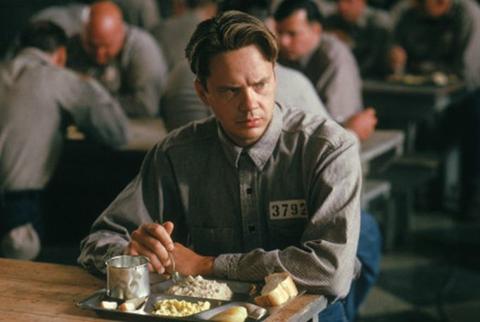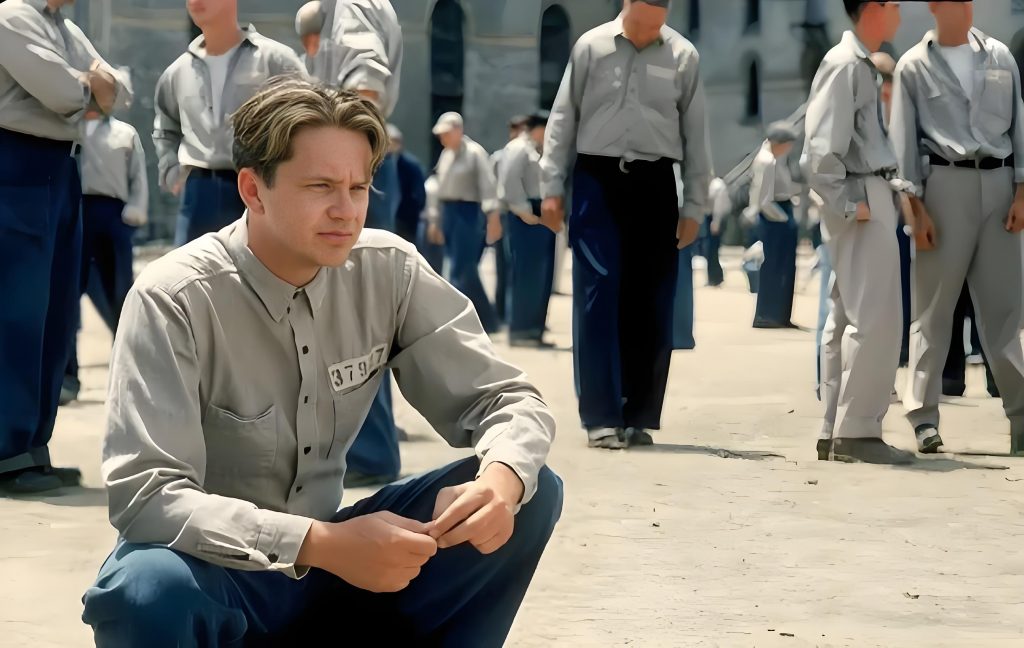The Shawshank Redemption: The Lighthouse of Hope, Forever Illuminating the Darkness of the Prison
terehiatheatre // Movie 2025-04-25
The Shawshank Redemption is a classic American drama released in 1994. It was directed by Frank Darabont and starred Tim Robbins and Morgan Freeman. The film is adapted from Stephen King’s novella Rita Hayworth and Shawshank Redemption. With its profound theme, wonderful plot and excellent performances, it has become a monument in the history of cinema.
Plot Overview
Wrongful imprisonment: In 1947, young banker Andy Dufresne (Tim Robbins) is wrongly convicted of murdering his wife and her lover. Although he insists that he is innocent, he is still sentenced to two life sentences and sent to Shawshank Prison. In this place of despair and darkness, Andy meets Red (Morgan Freeman), a black prisoner. Red has a special position in prison. He is good at dealing with prison guards and can obtain all kinds of contraband. 1. Andy buys an eagle beak hammer from Red, saying it is used to carve stones, and the two gradually form a friendship.

In 1949, prisoners such as Andy and Red bribed prison guards to get jobs repairing the roof of the prison. While at work, Andy heard the warden Hadley (Clancy Brown) complain about the inheritance of taxes. With his banker knowledge, he offered to help Hadley legally avoid taxes on the condition that he invite all the inmates involved in the work to drink beer. Andy’s move not only won a rare enjoyment for the inmates, but also attracted the attention of Warden Norton (Bob Gunton). After that, Andy began to file taxes and launder money for Norton and the prison guards, thus gaining the protection of the prison guards and gradually establishing a foothold in the prison.

film-making
- Scriptwriting: Frank Darabont obtained the authorization from Stephen King in 1987 to adapt the novella “Rita Hayworth and Shawshank Redemption”. However, due to the large amount of psychological descriptions in the original work, he postponed the adaptation plan for 5 years. It was not until 1992 that Darabont clarified the adaptation direction. On the one hand, he remained faithful to the original work and retained the narrative style. On the other hand, he focused on the theme, added violent scenes to enhance the dramatic tension, and completed the script in 8 weeks.
- Actor Selection: In terms of character selection, Darabont initially considered Gene Hackman or Robert Duvall to play Red, but in the end, Morgan Freeman won the role with his unique temperament and voice. For the role of Andy, Darabont approached Tom Hanks, Kevin Costner, etc., and finally Tim Robbins was cast. He even went to the prison solitary confinement cell to experience life in order to study the role.
- Filming and Production: The prison scenes of the film were mainly shot at the Ohio State Reformatory. However, as the prison cells were not suitable for filming, the production designer built a grand set with 4 floors and 200 prison cells in a warehouse about 1 mile away from the prison. The film crew worked 6 days a week, 15 to 18 hours a day, and completed the filming in 3 months.
Theme exploration
- The Power of Hope: In the movie, Andy always held onto the hope for freedom. Even in the darkest days of prison life, he never gave up. He showed the audience through his actions that hope is a powerful force that can enable people to rise above difficult situations. No matter how tough the circumstances are, one should hold onto hope.
- The Significance of Redemption: Andy’s self – redemption was not only about escaping from prison physically but also about achieving spiritual liberation. At the same time, he was redeeming other inmates, helping them acquire knowledge and regain confidence in life. Under Andy’s influence, Red also completed his own redemption, transforming from an institutionalized prisoner to someone who rediscovered the desire and pursuit of freedom.
- The Dilemma of Institutionalization: The film demonstrated the impact of institutionalization on people through characters like Brooks. Living in a prison environment for a long time, people gradually lose their ability to think independently and adapt to the outside world. Andy and Red, however, were representatives of those who broke free from the shackles of institutionalization. Their experiences triggered the audience’s profound reflection on the relationship between freedom and restraint, and between the individual and the system.
“The Shawshank Redemption” is not just a movie but also a symbol of spirit. It allows us to see that the brilliance of human nature can still shine in difficult situations, and it makes us believe that the power of hope and courage can overcome all difficulties. With its profound connotations and exquisite production, it has become an eternal classic in the history of cinema, inspiring generation after generation of audiences to forge ahead bravely in the face of life’s difficulties and pursue freedom and hope.
